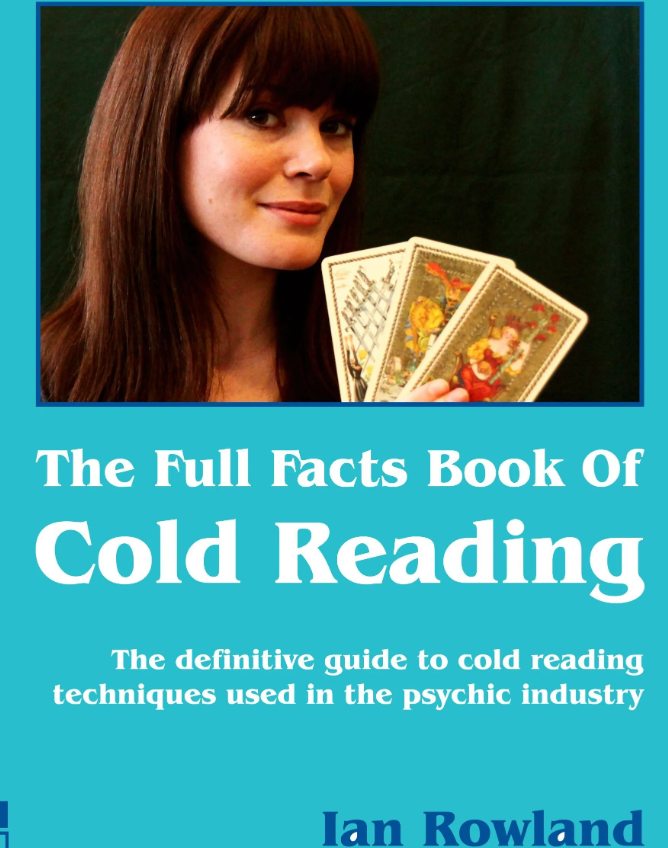The Most Common Cold Reads: How They Work and Why They Fool Us
The Most Common Cold Reads: How They Work and Why They Fool Us
If you’ve ever watched a psychic, fortune teller, or mentalist in action, you may have been amazed at how accurate they seemed. But in most cases, what you’re seeing isn’t supernatural it’s technique. These methods are known as cold reads. To understand them better, we need to explore the most common cold reads, why they work, and how they’re used.
What Are Cold Reads?
Cold reading is the art of making statements that sound specific, personal, and insightful, even when the speaker has no prior knowledge of the person they’re talking to. The most common cold reads rely on psychology, probability, and the natural human tendency to seek meaning.
When you hear a psychic say, “You’re someone who often doubts yourself but hides it well,” you’re experiencing one of the most common cold reads in action. It’s vague, it’s universal, and it feels true for most people.
The Most Common Cold Reads Explained
Here are some of the most common cold reads used in psychic readings, sales pitches, and even everyday conversations:
1. The Barnum Statement
One of the most common cold reads, this is a vague but flattering statement that applies to almost everyone.
Example: “You have a strong need for people to like and admire you.”
2. The Rainbow Ruse
This is where opposite traits are attributed to the same person, making it always correct.
Example: “You can be very sociable, but at times you need to withdraw and be alone.”
3. The Jacques Statement
This connects personality traits with age and life experience.
Example: “When you were younger, you cared too much about what people thought. Now you’ve grown more confident.”
4. The Fuzzy Fact
A statement that sounds specific but is broad enough to be right most of the time.
Example: “I sense a connection to someone with the letter J in their name.”
5. Sugar Lumps
Compliments slipped into the reading to create trust.
Example: “You’re the kind of person others naturally turn to for advice.”
These are among the most common cold reads because they almost always resonate with people.
Why the Most Common Cold Reads Work
The most common cold reads work for three key reasons:
Universality – They describe traits that almost everyone has.
Selective Memory – People remember the “hits” and forget the “misses.”
Interpretation – The listener interprets vague statements in ways that fit their personal story.
This is why the most common cold reads can feel so accurate, even though they’re not based on psychic power.
Most Common Cold Reads in Everyday Life
The most common cold reads aren’t just for psychics. You’ll find them in:
Sales and Marketing: “You want the best value, not just the cheapest option.”
Leadership and Coaching: “You’re capable of more than you sometimes give yourself credit for.”
Dating and Socialising: “You seem confident, but I think you value deep connections over small talk.”
These are all modern examples of the most common cold reads being used to build rapport and connection.
Spotting and Using the Most Common Cold Reads
Knowing the most common cold reads can help you in two ways:
Spotting them – You’ll recognise when someone is using them on you, and avoid being misled.
Using them ethically – You can apply these techniques in everyday communication to build trust, sound empathetic, and connect more deeply.
The key is intent. When used ethically, the most common cold reads are less about trickery and more about human connection.
The most common cold reads aren’t magical they’re psychological. They work because people want to feel understood, valued, and seen. By recognising the most common cold reads, you gain both protection against being fooled and the ability to communicate more effectively yourself.
When you strip away the mystique, the most common cold reads reveal themselves as timeless tools of persuasion, empathy, and connection.





